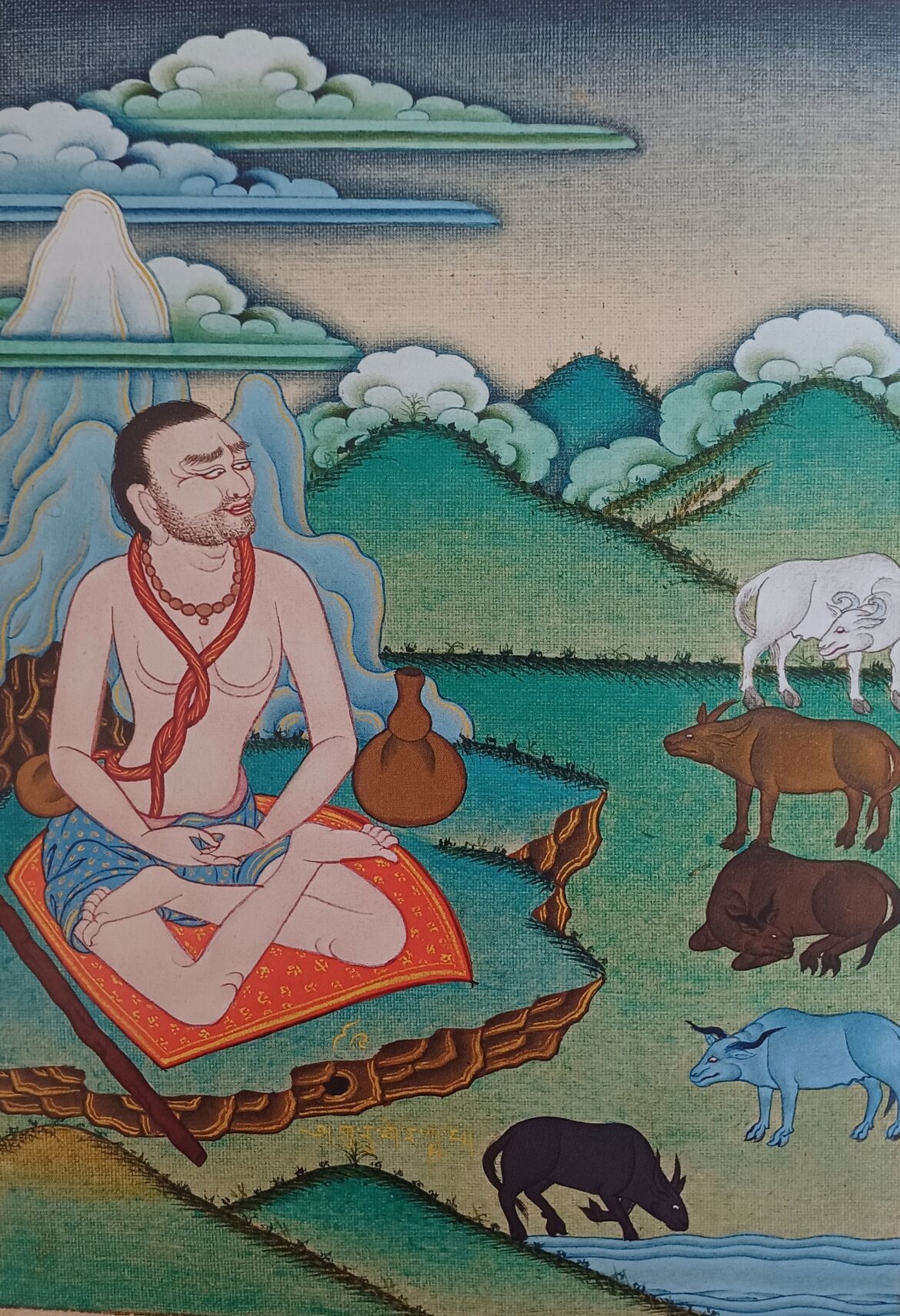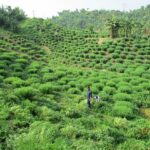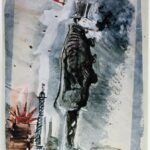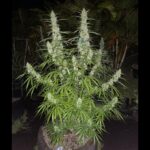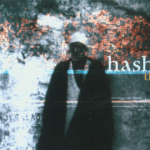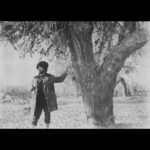These are now the landraces automatically added to all orders:
Gorkha Nepali – 12 seeds
Hmong Ganja – 5 seeds
The Gorkha Nepali accession is from Barpak, roughly 50 km north of the town of Gorkha. Expect large plants of the ‘Himalayan multipurpose’ type, similar to our accession named Kumaoni. These domesticates are cultivated for culinary seed, fibre, and charas.
***
Gorkha derives its name from Goraknath, a siddha (accomplished yogi) found in both Hindu and Tantric Buddhist traditions, and most closely associated with the Nath lineages.
In the Nath traditions, initiated sadhus (ascetics) typically wear distinctive large earrings, from which they came to be known as Kanphata Yogis. In Nepal, the name more often given is ‘Jogi’.
Throughout South Asia, many folk tales attribute a love of cannabis to Goraknath. In Tamil Nadu, one of the epithets of cannabis is ‘Korakkar Mooligai’ (‘Goraknath’s root / herb’). Likewise, just to the north in Andhra Pradesh you can find the Telugu name ‘korkkar’.
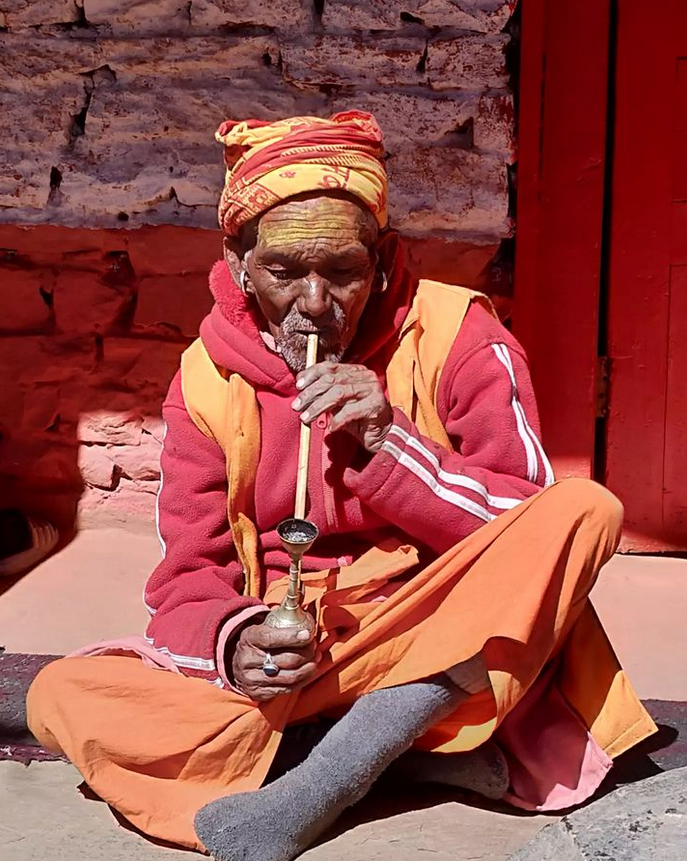
A Nath sadhu enjoying a postprandial smoke of tobacco (not cannabis) – Chandannath, Nepal (2021)
Whether or not the original Goraknath actually would approve, chronic smoking of cannabis is common among Nath sadhus.
In practice, charas or ganja are mixed with tobacco and smoked in a simple chillum (pipe). This is usually a social activity, so the pipe is passed around a group of ascetics and devotees along with tea and talk. As with tea, cannabis is used as a ‘tonic’ – from morning onwards.
Although cannabis is offered to Shiva and regarded as ‘prasad’ (sacrament), cannabis ‘intoxication’ itself does not form a part of the Nath path or yogic practices per se. But regular pipes of charas throughout the day certainly are an established part of the way of life for many Naths.
But not all… the gent pictured above was not a toker. He was enjoying an after-lunch bowl of local tobacco.
The top image is a Tibetan painting of Goraknath as one of the Eighty-Four Mahāsiddhas.
Newly listed at the site are two accessions from Nepal: a wild-growing variety, Humla Jungli, and a landrace we’re hoping is the same semidwarf ganja landrace we collected in 2021, Nepali Highland.
